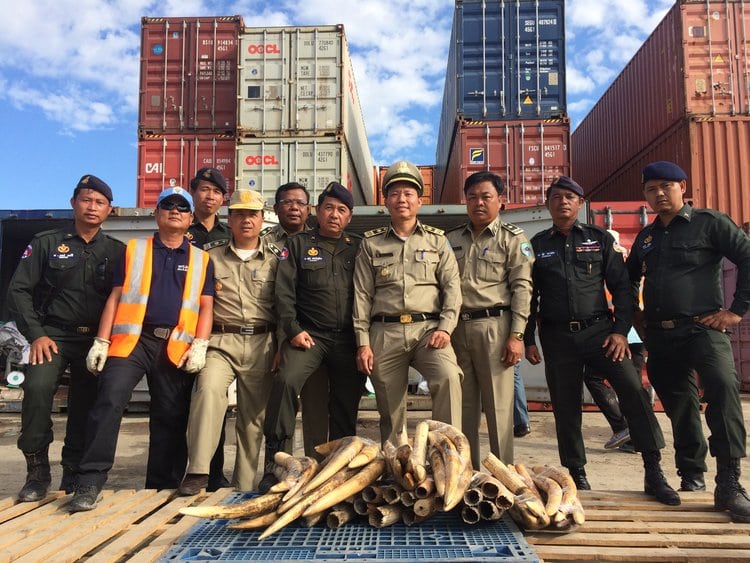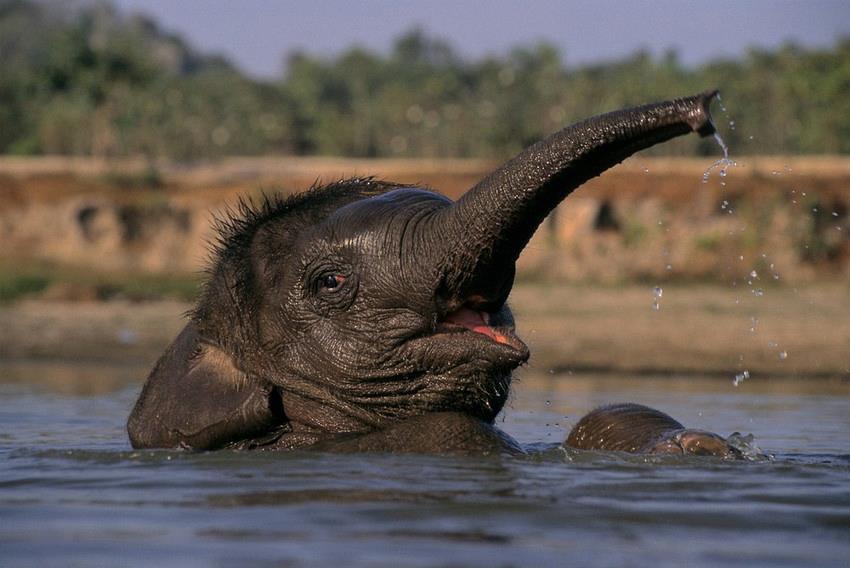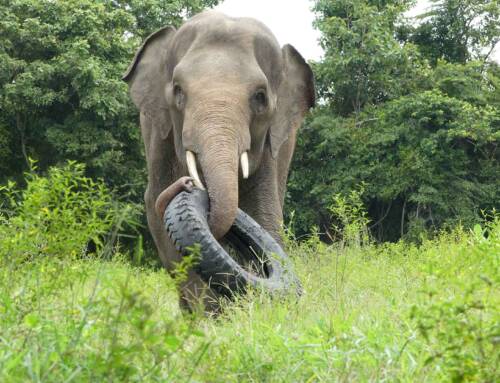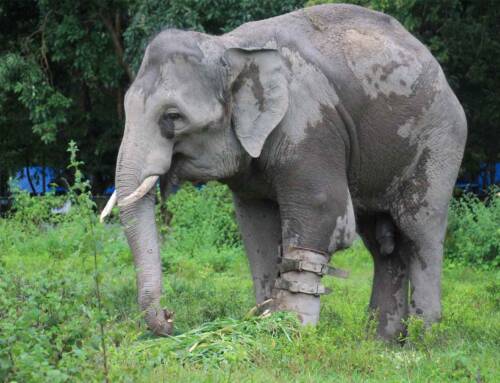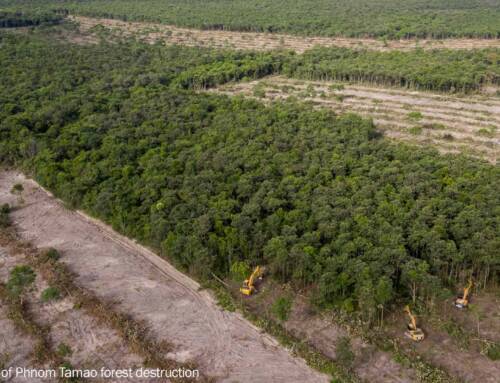On the heels of one of Cambodia’s biggest ivory busts in history, China recently announced that it will ban the sale of ivory by the end of 2017. Following years of international pressure, this announcement will shut down the largest ivory market in the world. Estimates suggest that at least 50 to 70 percent of smuggled ivory ends up in China where it is legally sold in showrooms.
This news is the biggest sign of hope for the iconic African elephant since the poaching crisis began. In just ten years, more than 100,000 elephants have been killed in order to supply the demand for ivory, largely driven by China. These poaching rates have been responsible for driving elephants to the edge of extinction.
While Cambodia is not a major ivory market, its role as a transit country has contributed to illegal ivory trafficking. On December 16, Cambodia intercepted a shipment of 1.3 metric tons of ivory destined for China. The smuggled animal parts were hidden in the midst of rare timber logs shipped from Mozambique. In total, Cambodian Customs officers, Wildlife Alliance, and the U.S. Embassy discovered 640 elephant tusks and pieces, 10 cheetah skulls and 82 kilograms of bones, and 137 kilograms of pangolin scales.
This is Cambodia’s 19th bust of African ivory or rhino horn since 2014. In the past, Cambodia has been known as an easy transit country of illicit goods en-route to China through porous borders. However, increased law enforcement is changing Cambodia’s reputation among international smugglers. The high number of ivory and rhino horn seizures in recent years is evidence of greater attention by Cambodian law enforcement to intercepting illegal wildlife smuggled by sea, air and land.
While China’s ban on the sale of ivory is encouraging, this policy will only be effective if it is properly enforced. Help the Wildlife Rapid Rescue Team continue to work with custom officials to intercept more ivory destined for China by making a donation today.

